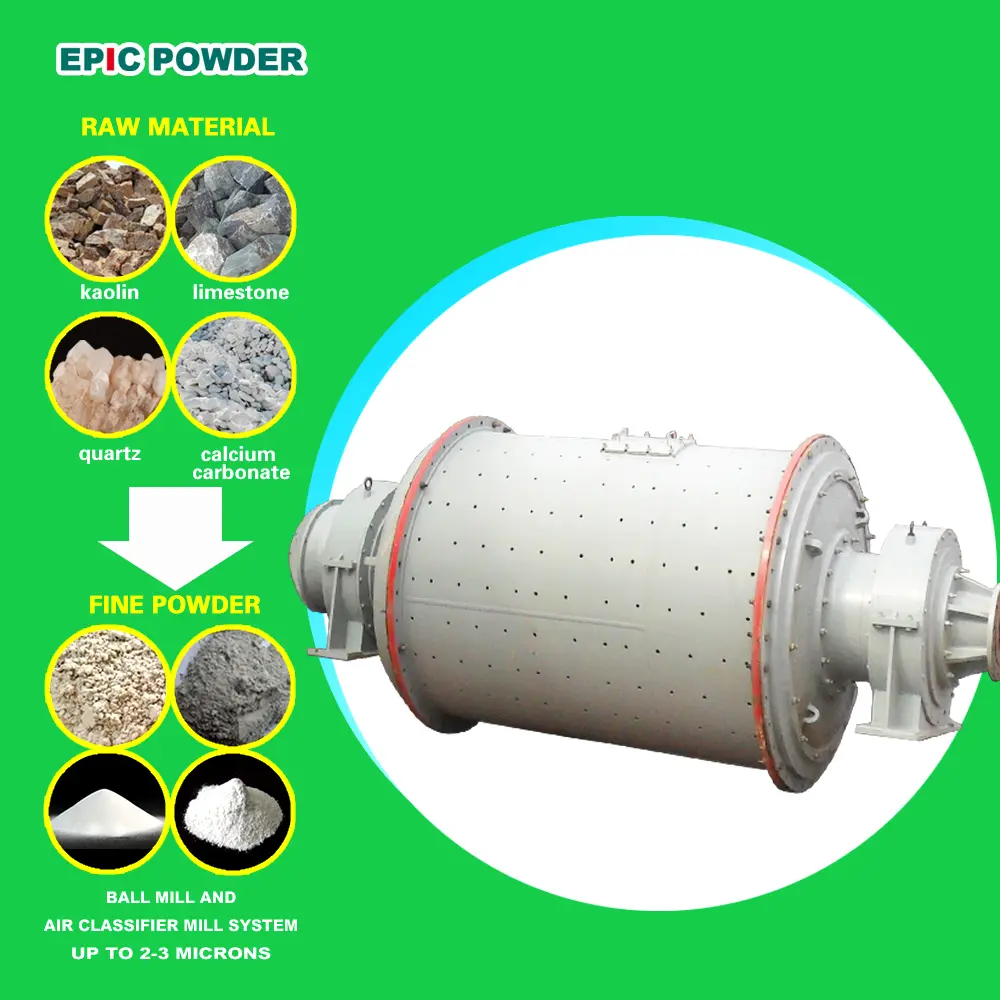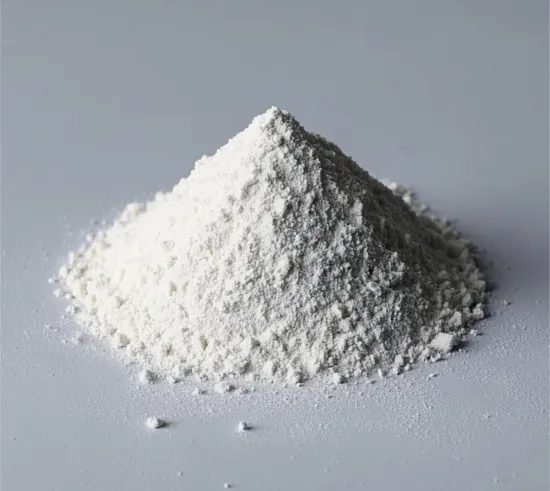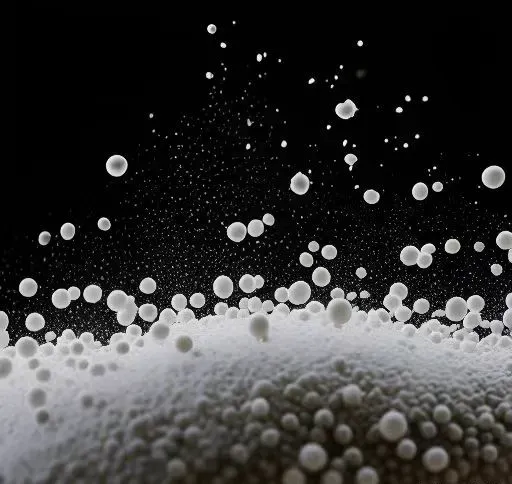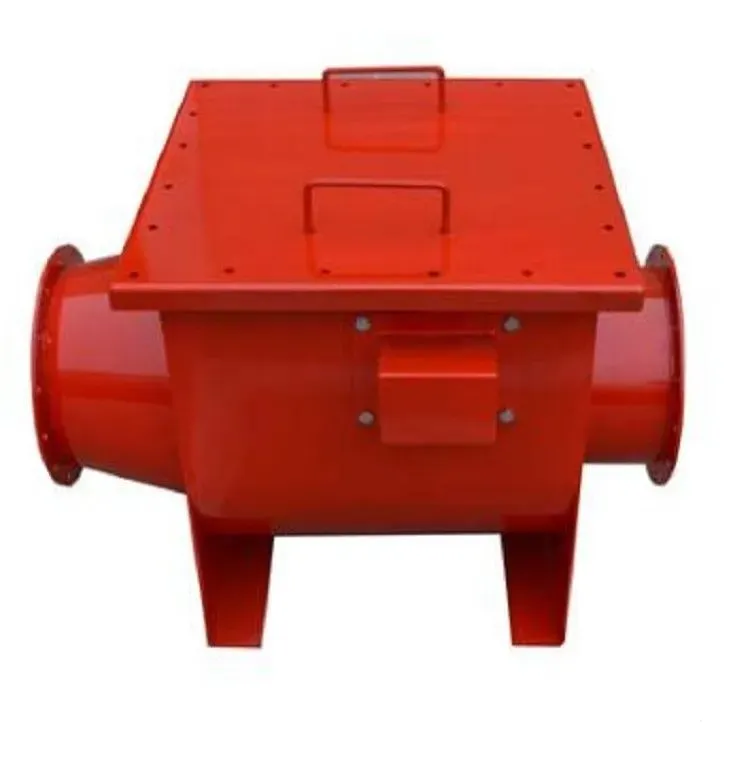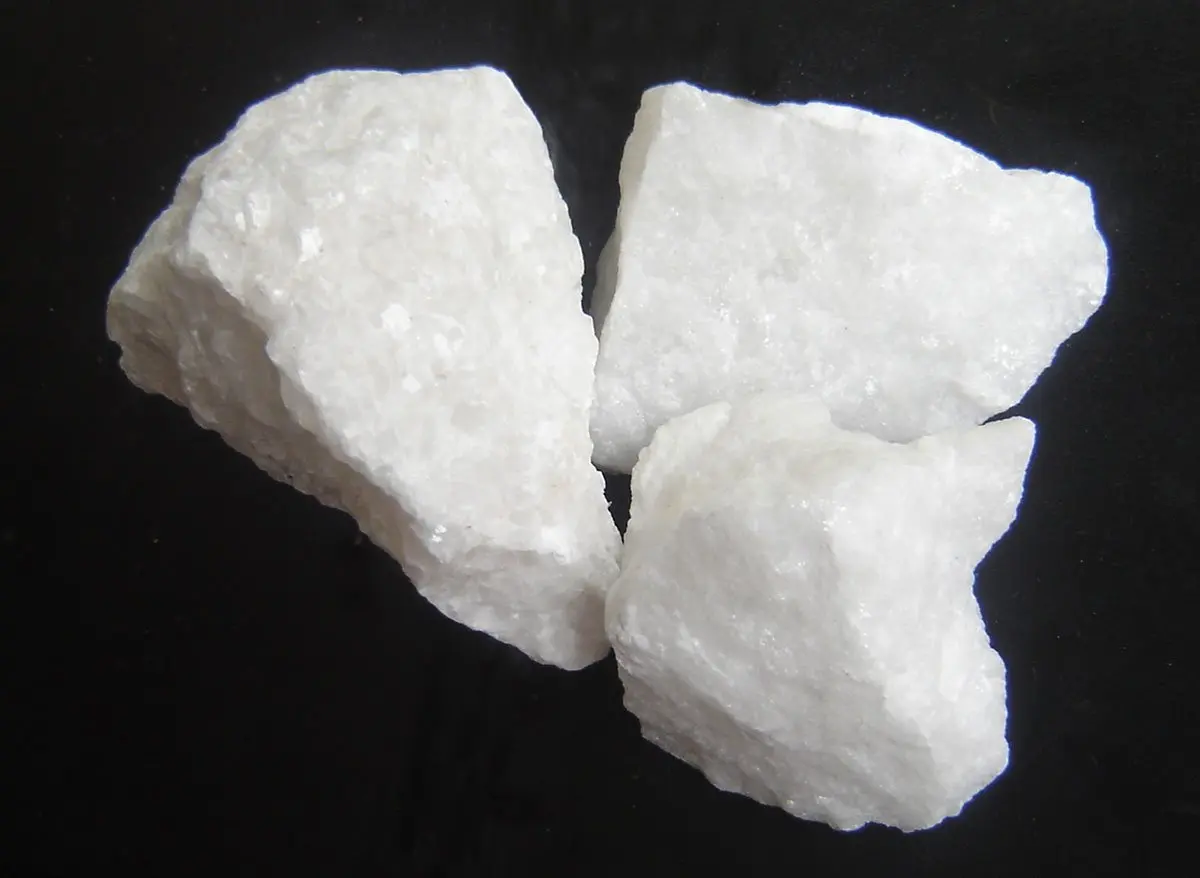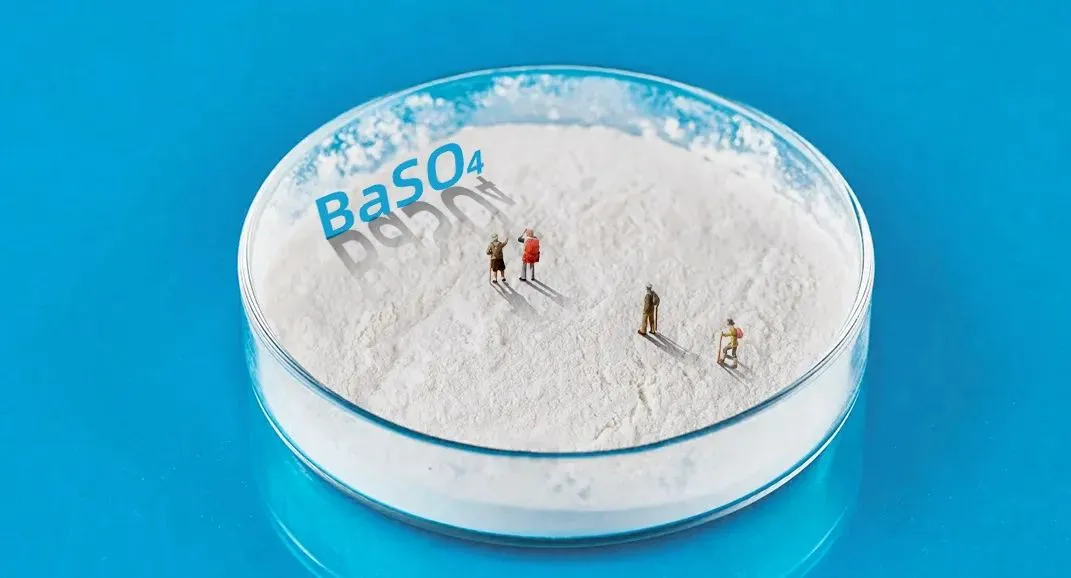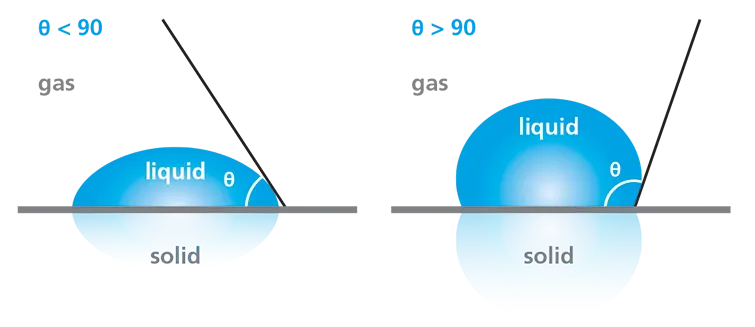It is expected that by 2030, 9 billion people will need to be fed. It will drive protein demand to increase by more than 50%. It’s time to utilize alternative sources of protein, whether it’s plant-based (vegetable) protein or animal based (non vegetable) protein. However, plant proteins (also known as plant-based proteins) are typically temperature sensitive and difficult to process correctly. The drying and crushing classifying system provided by Epic Powder Machinery can address these challenges through efficient and sustainable solutions.
The sources of plant protein include beer lees, soybean residue (soybeans, oats, almonds, rice), grains (fermented wheat, corn gluten, fiber, and starch), seaweed (alginate), fruit and vegetable pulp. Plant protein provides a wide range of business opportunities for food producers. The challenge is not only to maximize protein production efficiency, but also to achieve the highest quality protein powder. It can play a key role in reducing carbon footprint due to its higher digestibility.
Beans – a source of plant protein
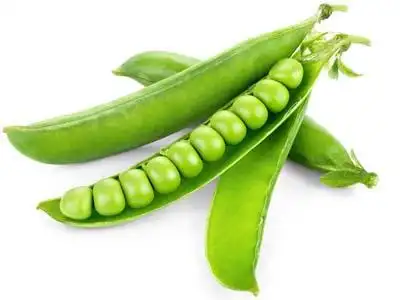
Technical solutions for alternative protein sources
In recent decades, the food processing industry has been striving to develop new methods for efficiently producing high-quality protein from alternative sources. For example, at Qingdao Epic Powder, we have developed an effective drying and crushing classifying system. It can convert “new” plant protein into high-quality protein powder for the food and feed industry.
Choose the correct drying process
The drying stage is particularly important when obtaining the maximum amount of high-quality protein powder from the production line. Insufficient drying of wet pressed filter cake can lead to the growth of fungi or bacteria. But excessive drying can cause burning. It will damage the fragile nutrients in protein. Therefore, it is necessary to adopt the correct drying process. So it can extend the shelf life and protect the digestibility, taste, nutritional value, and quality of protein powder.
The main considerations when drying plant protein are:
Drying is an energy intensive process that can have an impact on the environment. Therefore, maximizing the efficiency of the drying process is very important.
The temperature/heat of the product during the drying process can have an impact on the quality of the protein. Therefore, in order to optimize the quality of protein powder, a very short residence time (“flash evaporation”) is required during the drying process.
The protein drying system should be based on hygiene design principles to prevent adverse bacterial growth. It ensures that powder processing equipment has sufficient and ergonomic cleanliness.
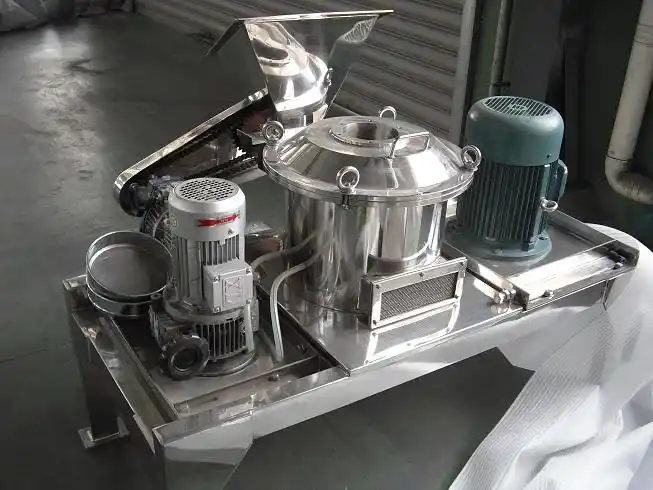
Drying, Grinding, and classifying Integrated Machine
With its unique design, the MJW-L classifying grinding dryer can accurately adjust various parameters. It includes the speed of the grinding disc and classifying wheel, process airflow, feed rate, and inlet and outlet temperatures. So it cab carefully manage the exposure time, particle size distribution, and product moisture in the drying chamber. When particles are transferred from the grinding disc at the bottom to the rotating classifying wheel at the top of the chamber, this can maintain the optimal product temperature.
The R&D team of Epic Powder Machinery Co., Ltd will help you determine the correct parameters to achieve the highest possible protein powder quality. In addition to ensuring that plant proteins retain their beneficial properties, this integrated process step can also bring you significant advantages in efficiency, return on investment (ROI), and sustainability.
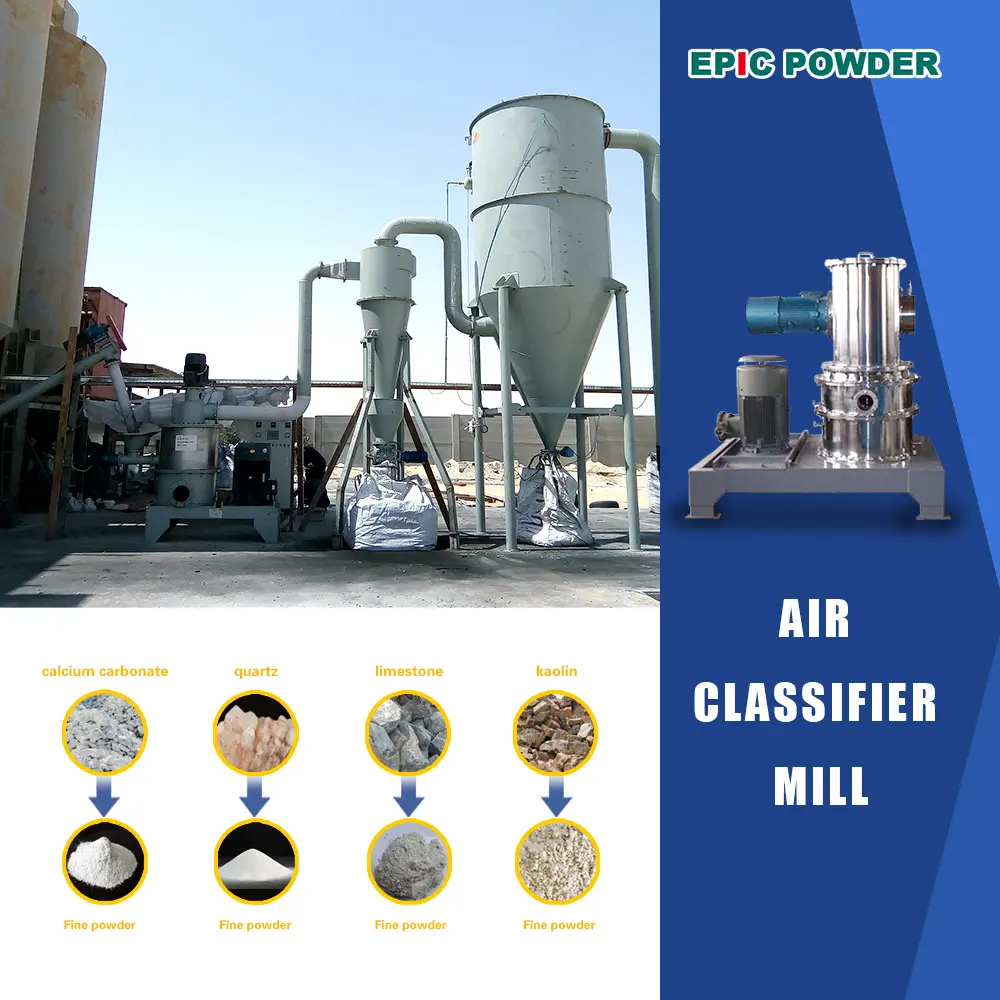
Take the inconspicuous pea as an example. One of the oldest known vegetables, with a plant protein content of 20-25% and excellent processing properties. Peas are grown around the world and are increasingly regarded as super plants due to their ability to help meet the protein needs of the world’s growing population.
In the processing of pea protein, the initial average moisture content of the raw materials is 90%. The process usually begins with mechanical dehydration using a decanter centrifuge: a high-speed rotating device that can remove some water. This improves the energy efficiency of the subsequent process as less water needs to be evaporated.
Our drying technology has been specially developed to maximize energy efficiency and production speed, while minimizing downtime caused by maintenance and cleaning. In addition, our complete production line design method (including drying, grinding, and sorting steps) can optimize your overall efficiency and reduce footprint. Therefore, our drying, grinding, and classifying technologies support the shift towards more sustainable production methods, and also help companies seize opportunities to produce high-quality plant protein as part of their contribution to sustainably feeding the world.

